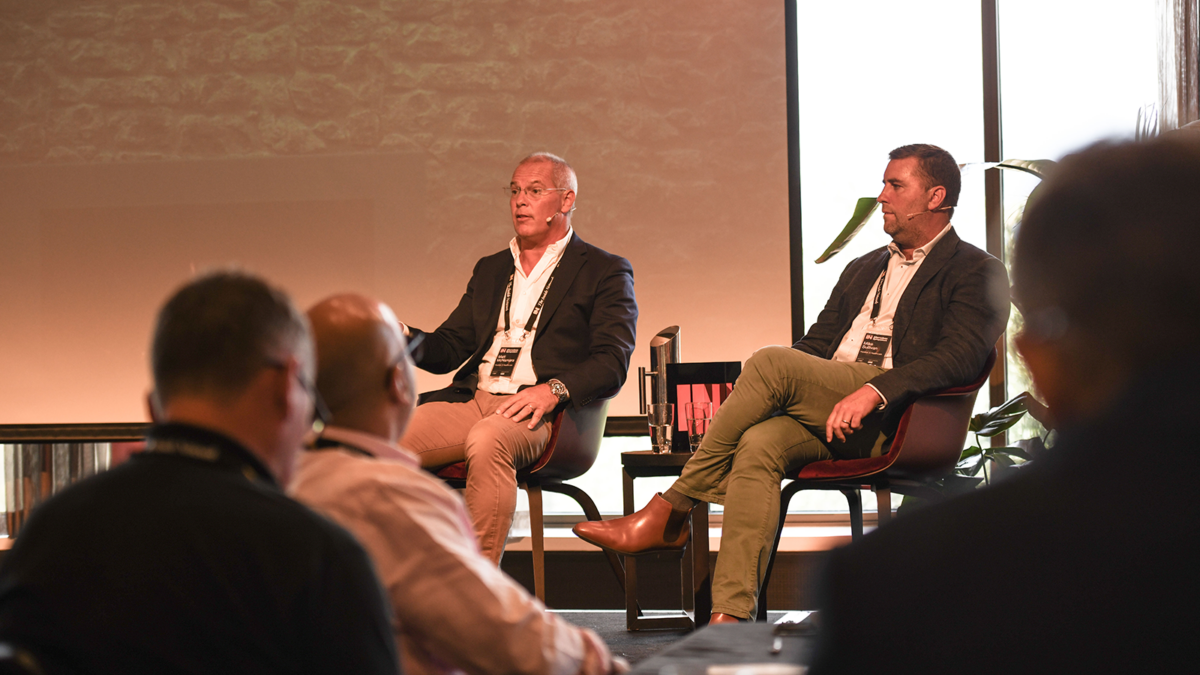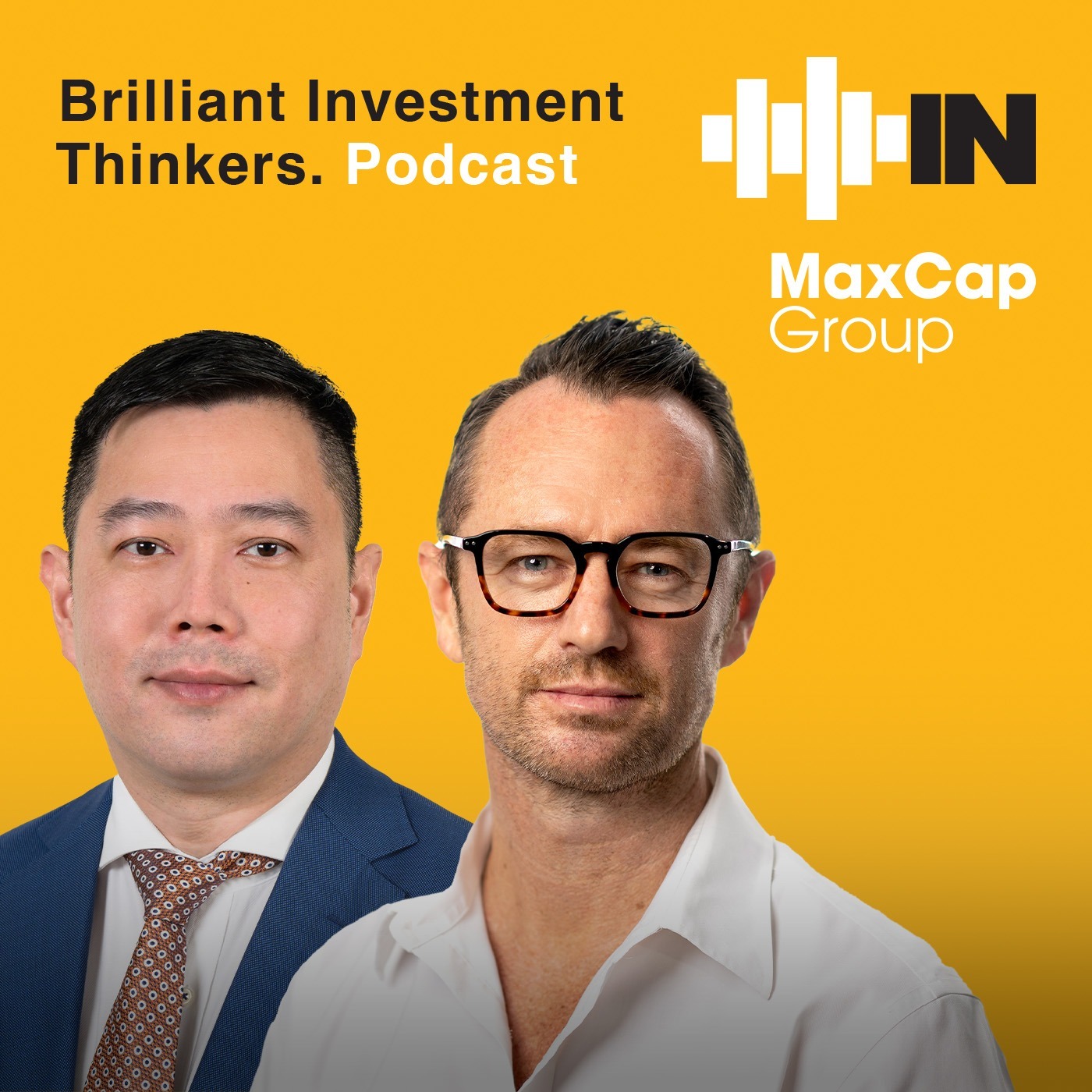SOA much more to advice than just the statement
There is no shortage of changes or risks emerging every day for Australian retirees and their advisers, whether it is ‘overvalued’ markets, constant changes to legislation or the natural events that family and life throws at us.
While financial literacy has improved significantly since the pandemic, there is still a long way to go. After years of meeting prospective clients who already had advice relationships, in recent years, nearly every new client we meet has either never received professional financial advice or had a bad experience with an adviser.
I’m seeing a growing trend of improving financial literacy, but ultimately, a realisation that the superannuation world is increasingly complex. Whether it is super contribution caps, pension limits or asset allocation, there is a greater realisation that going DIY exposes you to greater risks.
Despite this – and this may be the nature of working with more unadvised families – there appears to be a trend towards people only seeking a statement of advice (SOA), or financial plan, as opposed to ongoing financial advice and support.
Now, this may be fine in some cases, where the client has a lower balance, is looking for a simple rollover, commencement of a pension, or application for the Age Pension; but in the vast majority of cases, the financial plan is just the start.
While we all like to think our situations are simple, most people I meet have multiple assets, complicated financial positions, and most importantly, ample opportunity for both tax and cost savings. Yet the focus remains on only seeing an ‘upfront’ piece of advice.
Any adviser will tell you that you can indeed deal with everything in one go, with the typical SOA these days including anything from super fund reviews, contributions, tax planning, property sales, transfers of assets, estate planning, pension commencements and insurance. But despite our best analysis, the advice in the SOA is just the beginning. It may be good for a few months, or even a few years, but things inevitably change, which requires a reassessment of the appropriate course of action.
Just a few examples are: the impending increase to the transfer balance and total super balance caps to $2 million; the increase in the Super Guarantee to 12 per cent; increasing insurance premiums and loan repayments; inheritances; the birth of grandchildren; and changes in the home or at our jobs.
As advisers, we know that an ongoing advice relationship means that client is at the front of the line when something happens, and can call us at any time to deal with these changes as they occur. But what about those who don’t get this? How can we address the important role of ongoing advice?
It’s all about breaking away from investment performance, towards the often non-quantifiable value-add of financial advice over the long term. We can easily quantify our investment decisions like asset-class rebalancing, but how do we show someone the benefit of avoiding catastrophe, not taking on more debt than they need, or changing course too quickly?
With the advent of technology and changes to legislation likely to see an increase in the accessibility of upfront advice, along with a lowering of its cost, advisers must constantly talk about the value of ongoing advice and the risks of moving on without it, particularly for those entering and in retirement.











